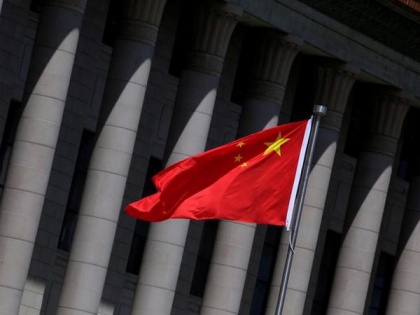China revises birth data for 2011-19 after 2020 census in wake of looming population decline
By ANI | Published: May 20, 2021 11:40 PM2021-05-20T23:40:42+5:302021-05-20T23:50:07+5:30
After releasing its 2020 census, China is adjusting the birth data for 2011 to 2019, saying that it was based on a small sample of the total population.

China revises birth data for 2011-19 after 2020 census in wake of looming population decline
After releasing its 2020 census, China is adjusting the birth data for 2011 to 2019, saying that it was based on a small sample of the total population.
China has begun revising demographic data for most of the preceding decade upward, raising concerns about the integrity of its statistics in the face of a looming population decline, reported Nikkei Asia. This comes after suspicion over how the 2020 count of children greatly exceeded the total number of babies reported born in the years prior.
The National Bureau of Statistics is working to revise such numbers as the total population, births and the urbanization rate for 2011 to 2019, said spokesperson Fu Linghui. The number of births will go up by about 1 million per year on average, he said -- the equivalent of a 6 per cent increase for the entire nine-year period.
"For example, 2016 births will be revised to 18.83 million and 2017 births to 17.65 million, up 970,000 and 420,000 from the previously announced figures," Fu said.
China samples about 0.1 per cent of its population to track demographic data every year, except for when a door-to-door census is conducted once a decade, and in the fifth year between two censuses, when over 1 per cent of the population is surveyed, Nikkei Asia reported.
It further reported that sample surveys have inherent limitations, like potentially overestimating or underestimating certain data. But it would be highly unlikely for birth numbers from nine separate years to all require an upward correction.
Chinese authorities however, dismiss allegations of padding the census numbers.
In the month of March, a report from Capital Economics stated that China's workforce is expected to shrink by more than 0.5 per cent a year as fewer young people would be able to replace an increasing number of retirees.
Since the abolition of the one-child policy in 2016, many expected a boom in second children. However, a baby bump in 2016 proved short-lived as every year afterwards has reported a decline in births, reported Wall Street Journal.
( With inputs from ANI )
Disclaimer: This post has been auto-published from an agency feed without any modifications to the text and has not been reviewed by an editor
Open in app